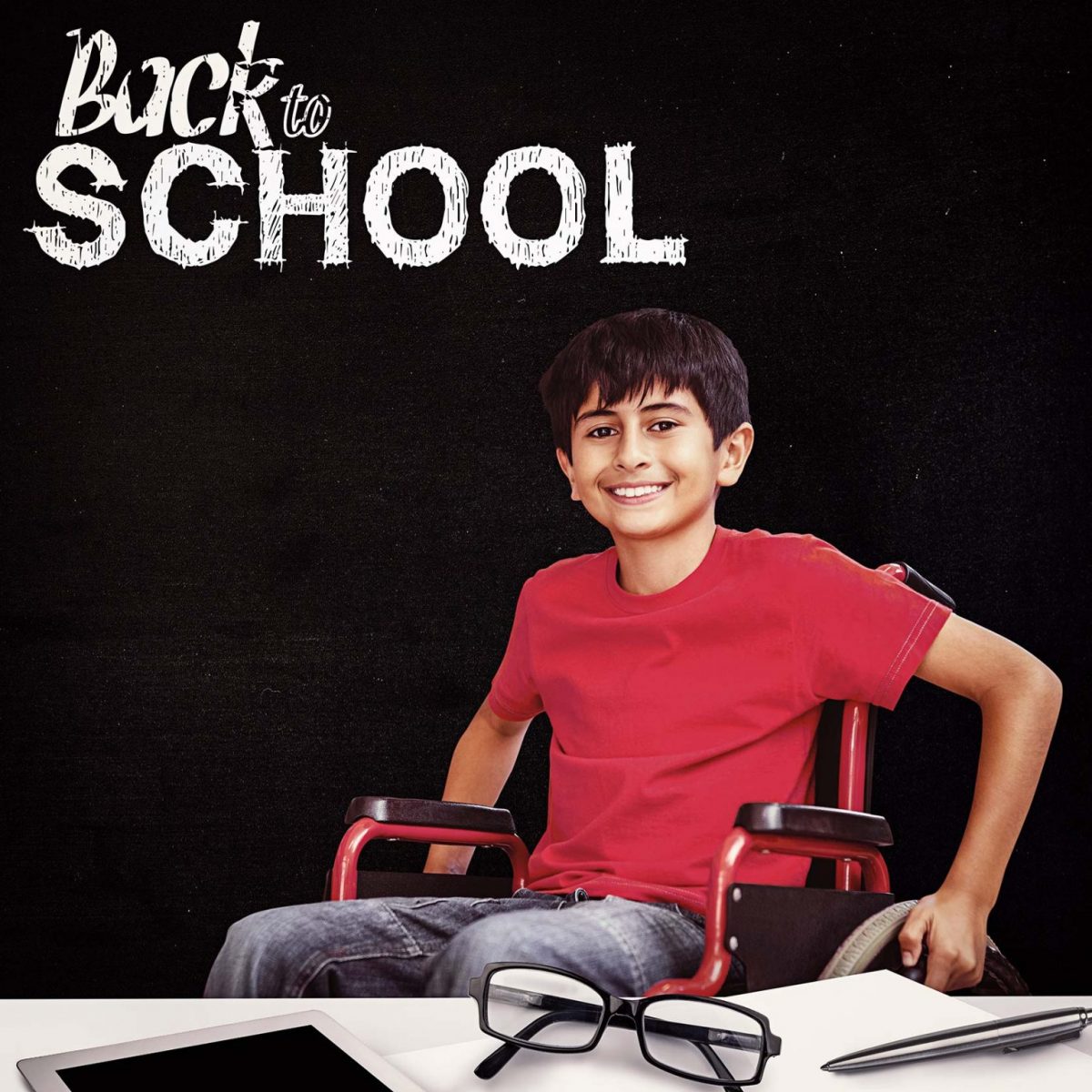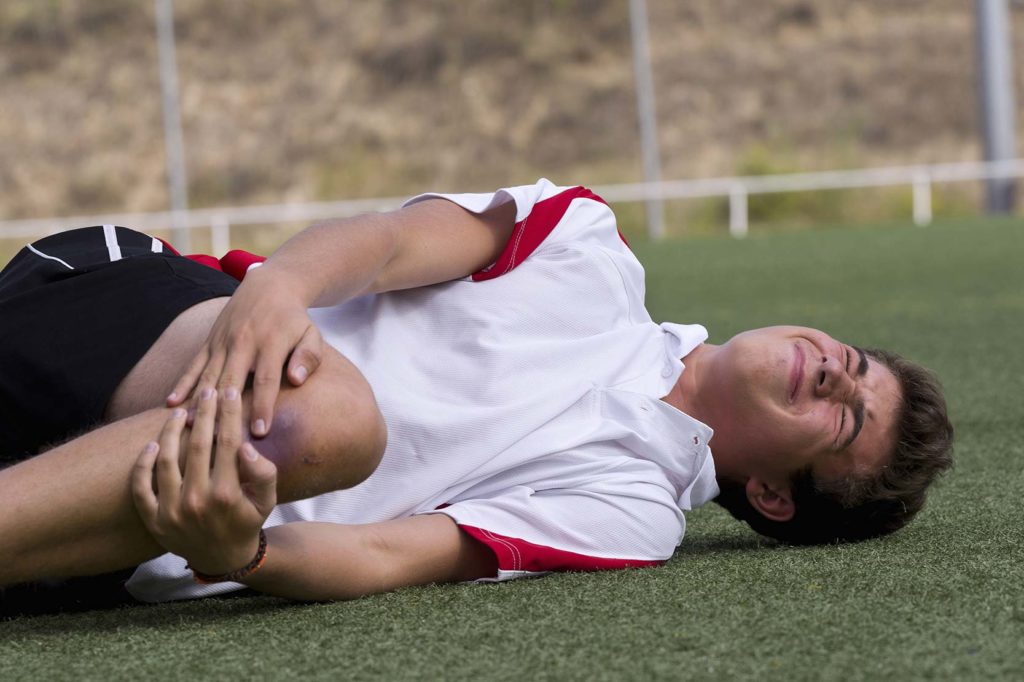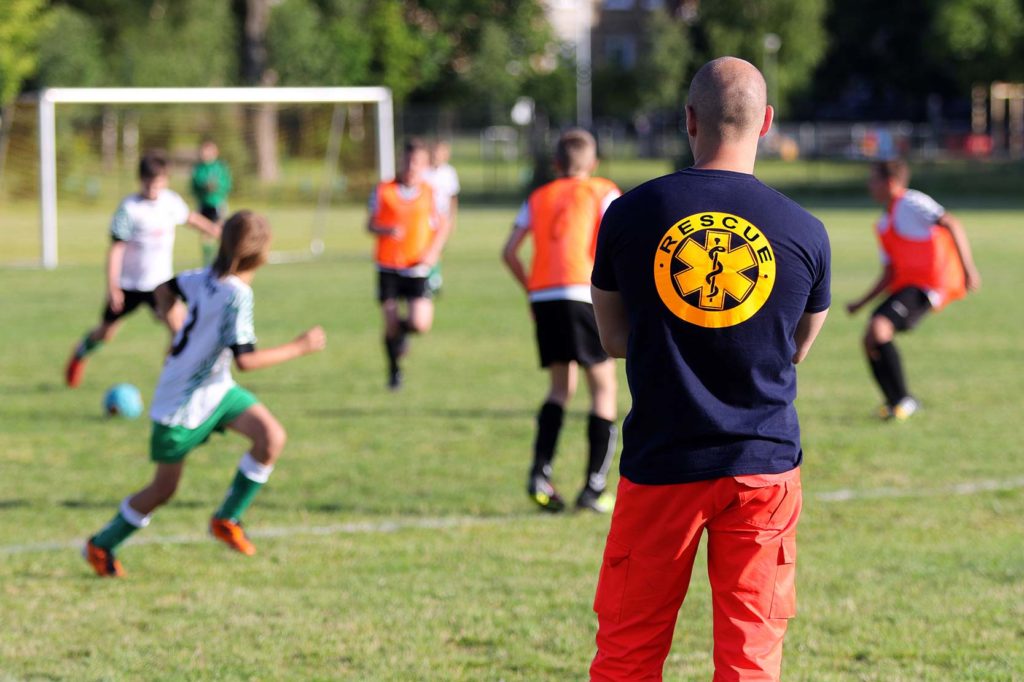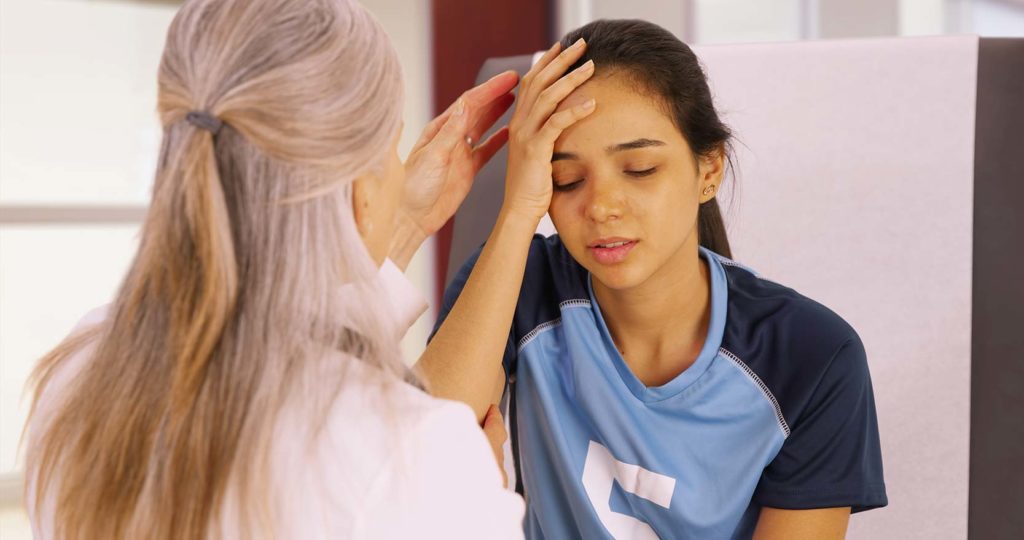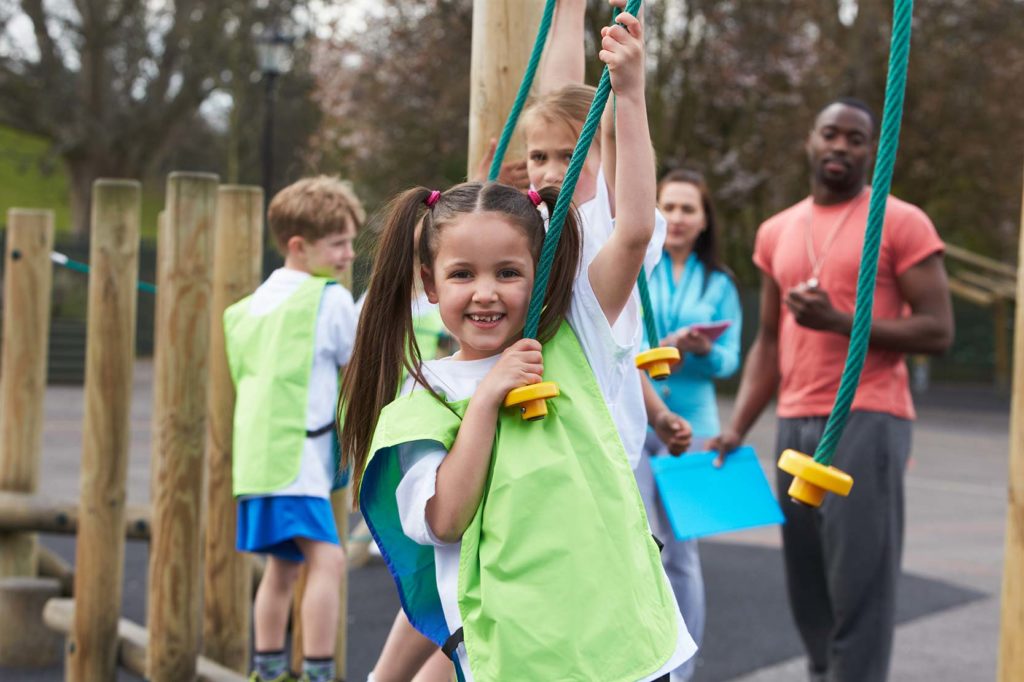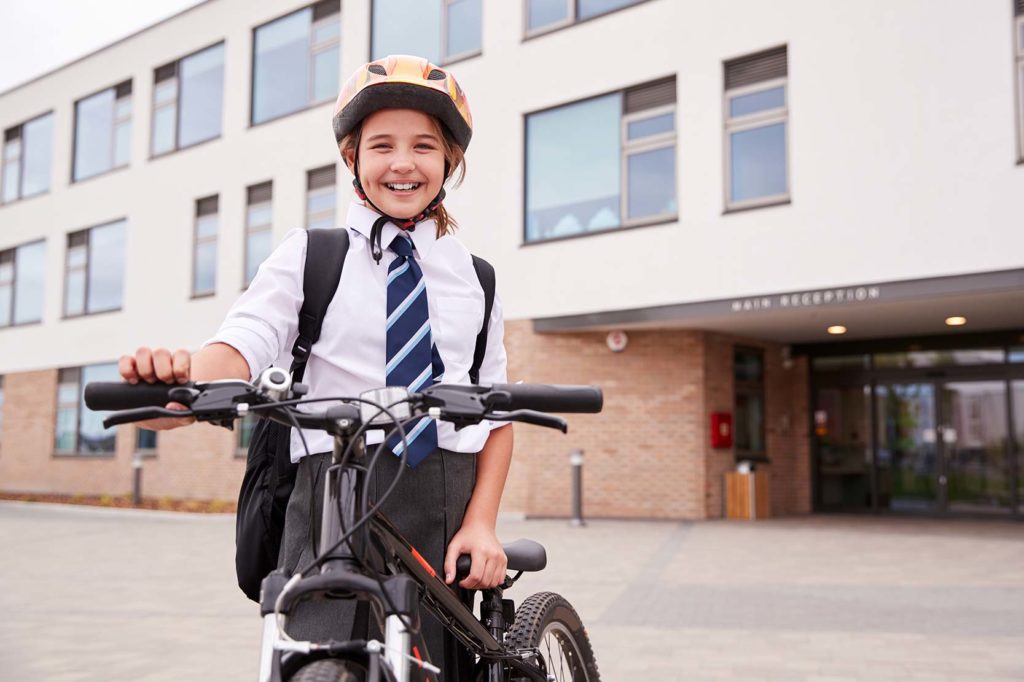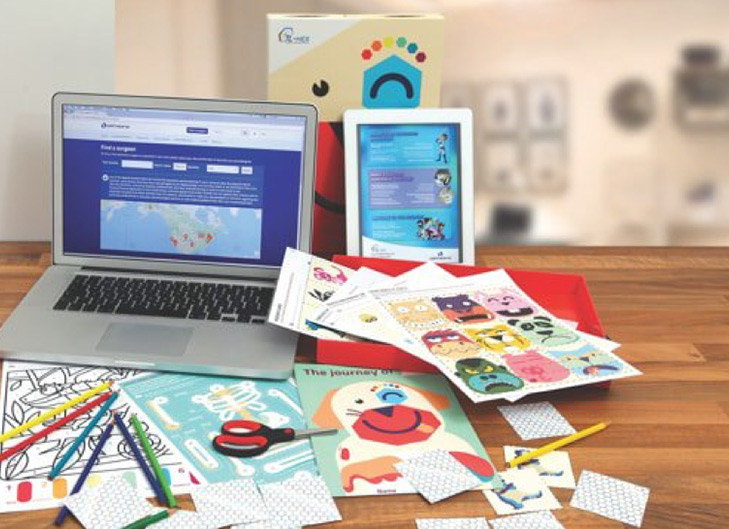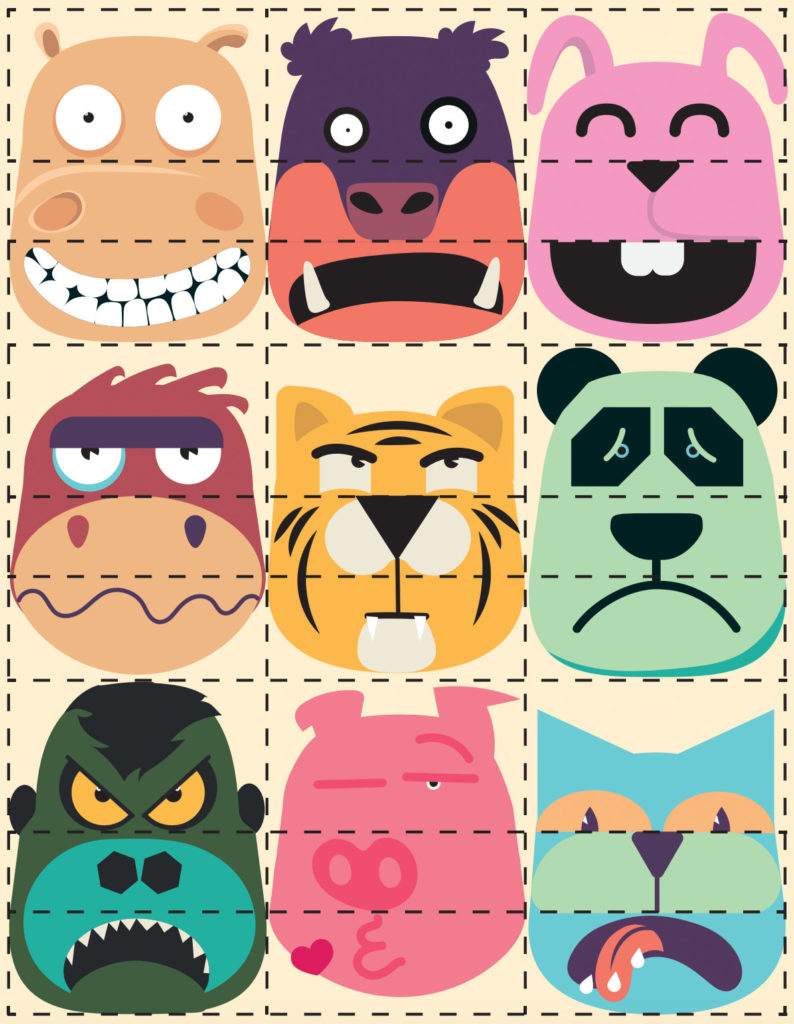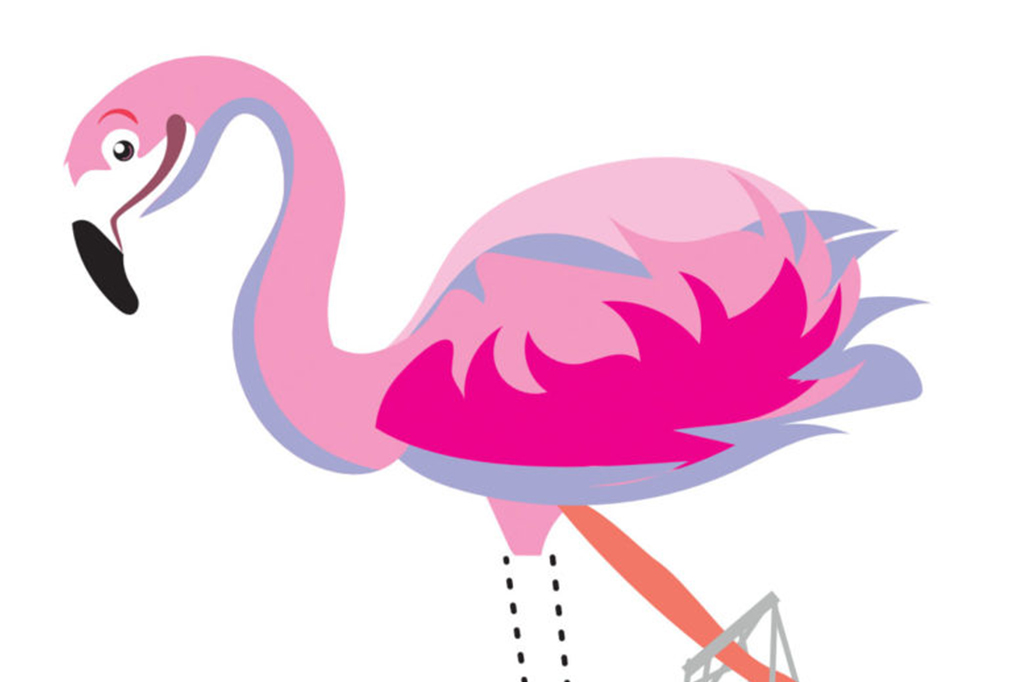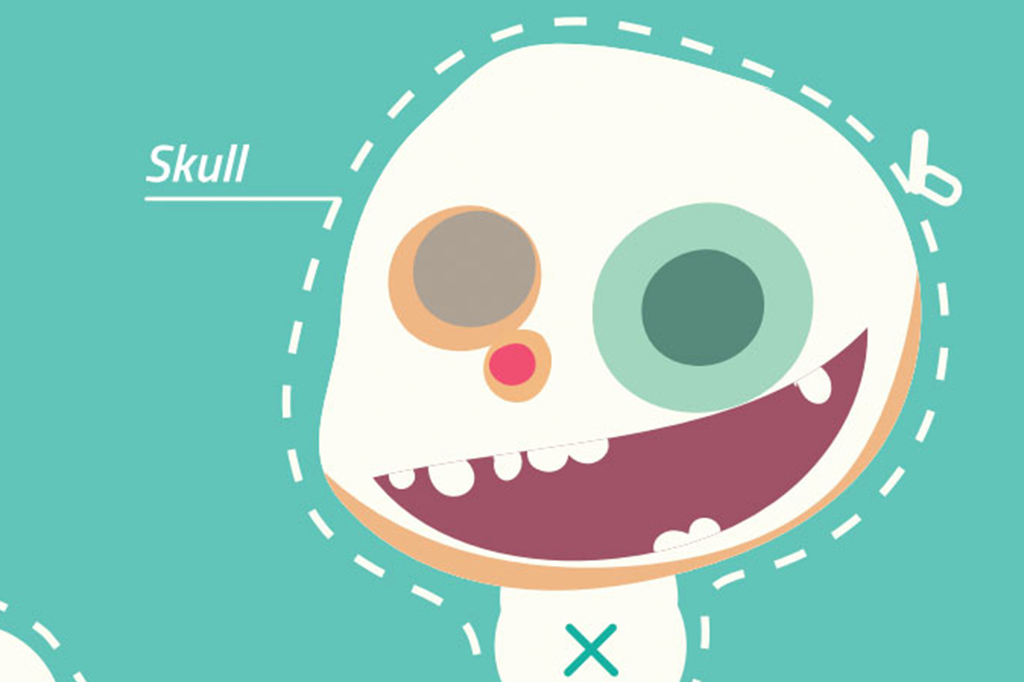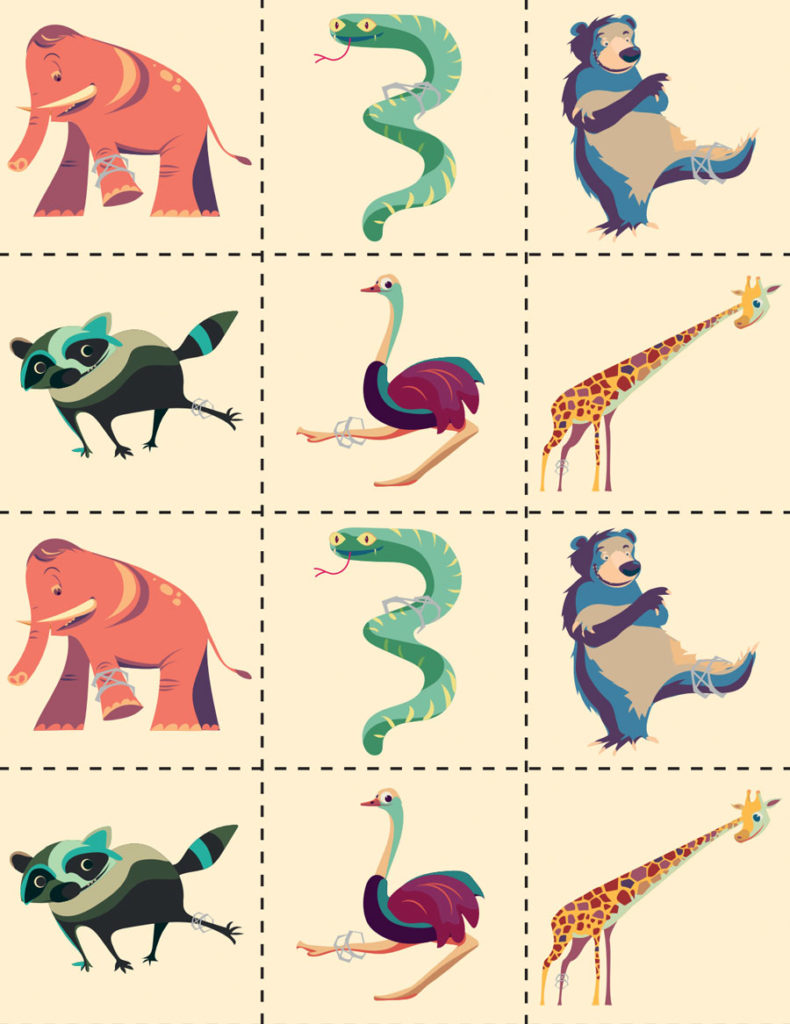Coping with a child with an external fixator can seem like a daunting task for both the parents and yourselves as educators. The important thing is to make children feel happy and comfortable.
A child with an external fixator is usually off school for the first two weeks of the treatment. After this period of time most children can attend school with the frame on.
If a child in your care requires a wheelchair post op, the school will need to have ramps for easy access. The child won’t be able to move as freely as they could before their orthopedic surgery.
If the child is only using crutches, he/she should be able to move around school quite well. There isn’t any danger to the child or others if the frame is knocked, however assisting the child from class to class may be helpful in preventing such instances.
Initially, leniency on the proposed school uniform could be beneficial. Due to the width of the rings on a fixation device, shorts and baggy trousers or tracksuit bottoms are recommended in order to give the fixation device as much room as possible to avoid rubbing, which could cause irritation or move the frame from position. Although special footwear can be created to fit around metal wear when external fixators are applied around the foot and ankles, most children will be able to wear normal footwear once the orthopedic surgeon allows it. Until then we would recommend leniency with this also.
Openly discussing treatment, emotions and worries, recovery and future goals with a child that has just had orthopedic surgery is highly encouraged. If you think that a child is not coping very well with his/her treatment plan, it is important to let a parent know so a specialist can be made aware and the child’s specific issues can be addressed and corrected.




